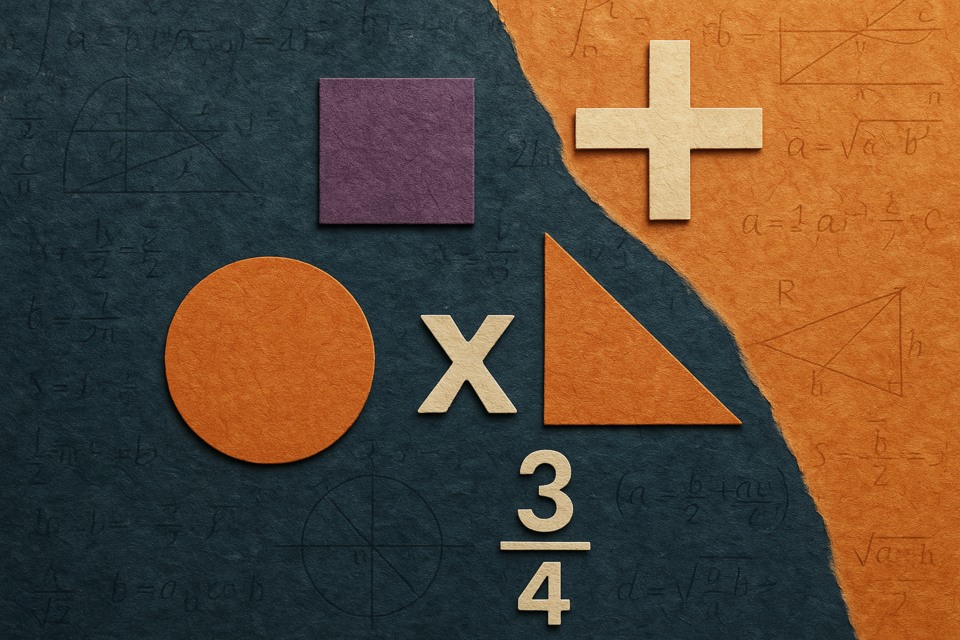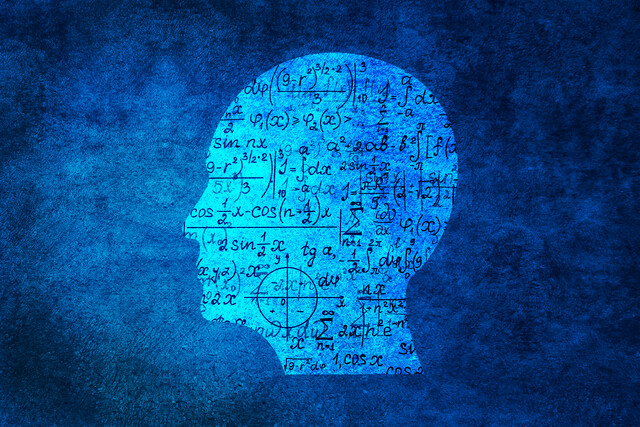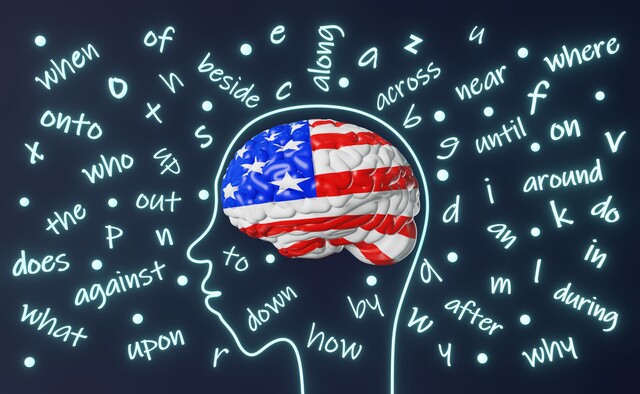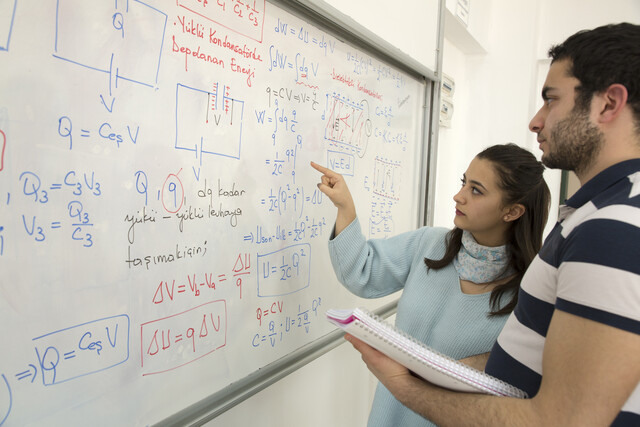Lesson 1. Journey Through Numbers: Building the Foundation
Geometry unveils the spatial beauty of shapes, sizes, and volumes, with applications in art, architecture, and beyond. By understanding angles, transformations, and symmetry, one grasps concepts crucial for designing and interpreting the physical world.
Lesson 2. Addition Deconstructed: A Deep Dive into Concepts and Applications
Memorizing addition facts via tables can enhance mathematical speed and efficiency, with digital adaptations making learning more interactive and engaging through games.
Lesson 3. Advanced Techniques for Mastering Subtraction
Borrowing in subtraction, akin to regrouping values, addresses challenges when subtrahend digits exceed minuend figures. This technique is pivotal in scenarios like financial planning or project management, where borrowing supports accurate, timely subtraction from dynamic figures.
Lesson 4. Mastering Multiplication: Your Mathematical Compass
Factors are the numbers multiplied in an equation, just like the rows and seats in a concert hall determine seating capacity. By understanding their roles, like in production line calculations, multiplication helps quantify and organize efficiently.
Lesson 5. Division: The Inverse of Multiplication and Key Terminology
Division, the opposite of multiplication, involves evenly splitting quantities, as seen in dividing 12 dogs into 3 groups, resulting in 4 dogs per group. Its real-world utility shines through in scenarios like sharing pizza slices equally among friends.
Lesson 6. The Balancing Act: Positive and Negative Numbers Explored
Diving into the mysteries of positive and negative numbers, this lesson opens the door to comprehending arithmetic operations, vital for daily applications ranging from measuring depth to financial calculations. Mastering these concepts signifies more than just solving numerical challenges; it's about embracing a universal language of mathematics that breathes life into complexities worldwide.
Lesson 7. Discovering the Foundations of Mathematical Thought
Basic axioms like the additive and multiplicative principles ensure equality is maintained through arithmetic operations, much akin to balancing scales or having parallel systems function uniformly. These axioms underpin consistency and integrity, vital for calculations spanning both everyday activities and complex scenarios.
Lesson 8. Unlocking the Secrets of Fractions: Simplification, Operations, and Real-World Applications
Learning to simplify fractions through the greatest common factor allows for clearer calculations, much like refining a chocolate bar share from 4/8 to 1/2. This process of simplification involves understanding relatable experiences, such as equitable car parking distribution.
Lesson 9. Decimals: Building Blocks of Modern Arithmetic
Mastering decimal operations transforms everyday applications from dividing budgets to adjusting measurements, ensuring clear and precise calculations. Through repeated practice, activities like interest calculation and structural engineering demonstrate how integrating decimals influences various fields each day.
Lesson 10. The Power of Percents: Navigating Finance and Retail
Financial literacy is enhanced by understanding the implications of percents in calculating salaries, performance commissions, and investment returns, key aspects that direct one's approach to income evolution and savings growth over time. This emphasizes the importance of financial strategies when planning for the future.
Lesson 11. Simplifying Numbers with Rounding and Significant Figures
Mastering rounding involves understanding which numbers to adjust for clarity, such as simplifying $7.497 to $7.50 in financial transactions. Significant figures help us measure and communicate data reliability, crucial for precise scientific work.
Lesson 12. Unleashing the Power of Calculators for Numerical Fluency
The evolution of calculators from large machines to integrated smartphone apps highlights their indispensable role in daily life, emphasizing sustainability through features like solar power. They enhance problem-solving by offering basic operations and advanced functions such as memory correction, enabling accurate and efficient numerical solutions.
Lesson 13. The Heart of Algebra: Discovering Numbers and Concepts
Algebraic symbols like variables and operators create a framework for solving equations that represent real-life situations. By translating words into algebraic expressions, learners develop a deeper understanding of patterns and problem-solving strategies.
Lesson 14. Equations Unveiled: Their Properties and Principles
Harnessing the properties and principles of equations aids in simplifying complex mathematical problems and enhances analytical thinking; these concepts are crucial for real-world applications in programming and economics. Grasping the closure concept, recognizing identity elements, and understanding axioms and properties like commutativity are pivotal for mathematical mastery.
Lesson 15. The Impact of Directed Numbers: From Ancient Merchants to Quantum Mechanics
This lesson delves into the crucial role of directed numbers in algebra, illustrating their historical significance and real-life applications like temperature measurement and financial accounting. Through understanding and manipulating directed numbers, learners gain insights into the enigmatic yet omnipresent nature of negative values in mathematical operations.
Lesson 16. Exploring Algebra's Role in Real-Life Problem Solving
The systemic seven-step problem-solving approach in algebra emphasizes creativity and analytical prowess, facilitating translation from real-world problems to algebraic equations. This methodology ensures accuracy and insight, encouraging learners to visualize, construct, solve, and validate mathematical interpretations.
Lesson 17. Unveiling the Magic of Exponents and Roots
Arithmetic operations with exponents follow specific rules: adding like bases, multiplying exponents, and simplifying expressions with roots. These operations extend numeracy beyond calculation into diverse applications like astronomy and engineering, demonstrating exponential growth's relevance.
Lesson 18. Understanding Polynomials
Understanding Polynomials
Lesson 19. Fractions: A Comprehensive Exploration
Fractions serve as a bridge between whole numbers and continuous values, enabling the representation of portions of a whole. Understanding numerators and denominators is crucial for categorizing fractions into proper, improper, and mixed numbers and for performing operations like addition, subtraction, multiplication, and division.
Lesson 20. Mastering Factoring in Algebra
The lesson delves into the critical role of common factors in simplifying fractions and algebraic expressions, emphasizing prime numbers as the fundamental building blocks for factorization. It illustrates procedures for finding greatest common factors, using the distributive property, and employing polynomial grouping, leading to a more profound understanding of algebraic structures.
Lesson 21. Factoring in Algebra: Beyond the Basics
Unlock the potential of algebraic factoring by exploring its historical roots and interdisciplinary applications, linking concepts to fields like engineering and physics. As students journey through quadratic equations and polynomial analysis, they enrich their mathematical understanding, drawing parallels to real-life problem-solving scenarios.
Lesson 22. Exploring Linear Equations: The Backbone of Relationships
Linear equations reveal the fundamental relationship between variables, with the slope-intercept form \(y = ax + b\) serving as a visual blueprint for understanding their behavior on a graph. Through practical examples like calculating revenue or evaluating costs, they illuminate these mathematical relationships' real-world implications.
Lesson 23. Exploring Linear Systems: From Concepts to Practical Applications
The substitution method simplifies solving linear systems by isolating a variable and replacing it in another equation, leading to straightforward answers while verifying calculations. Applying this in real scenarios, like ticket sales, highlights its effectiveness and clarity in achieving balanced equations.
Lesson 24. Quadratic Solutions: Techniques and Insights
Quadratic equations are central to algebra, represented by \( ax^2 + bx + c = 0 \), with solutions determined by various methods like factoring, square roots, and the quadratic formula. Understanding and solving these equations open doors to comprehending deeper mathematical principles and real-world applications such as physics and economics.
Lesson 25. The Intricate Universe of Geometry: Understanding Shapes and Spaces
Delving into geometry, this lesson reveals its vital role in engineering, design, and nature, where geometric principles govern everything from MRI machines to honeycomb structures. By understanding basic constructs like lines and planes, learners unlock the ability to design, innovate, and navigate complex spatial challenges.

95 Hours average completion time
9.5 CEUs
39 Lessons
48 Exams & Assignments
38 Videos
136 Reference Files
401 Articles
Mobile Friendly
Last Updated December 2025








